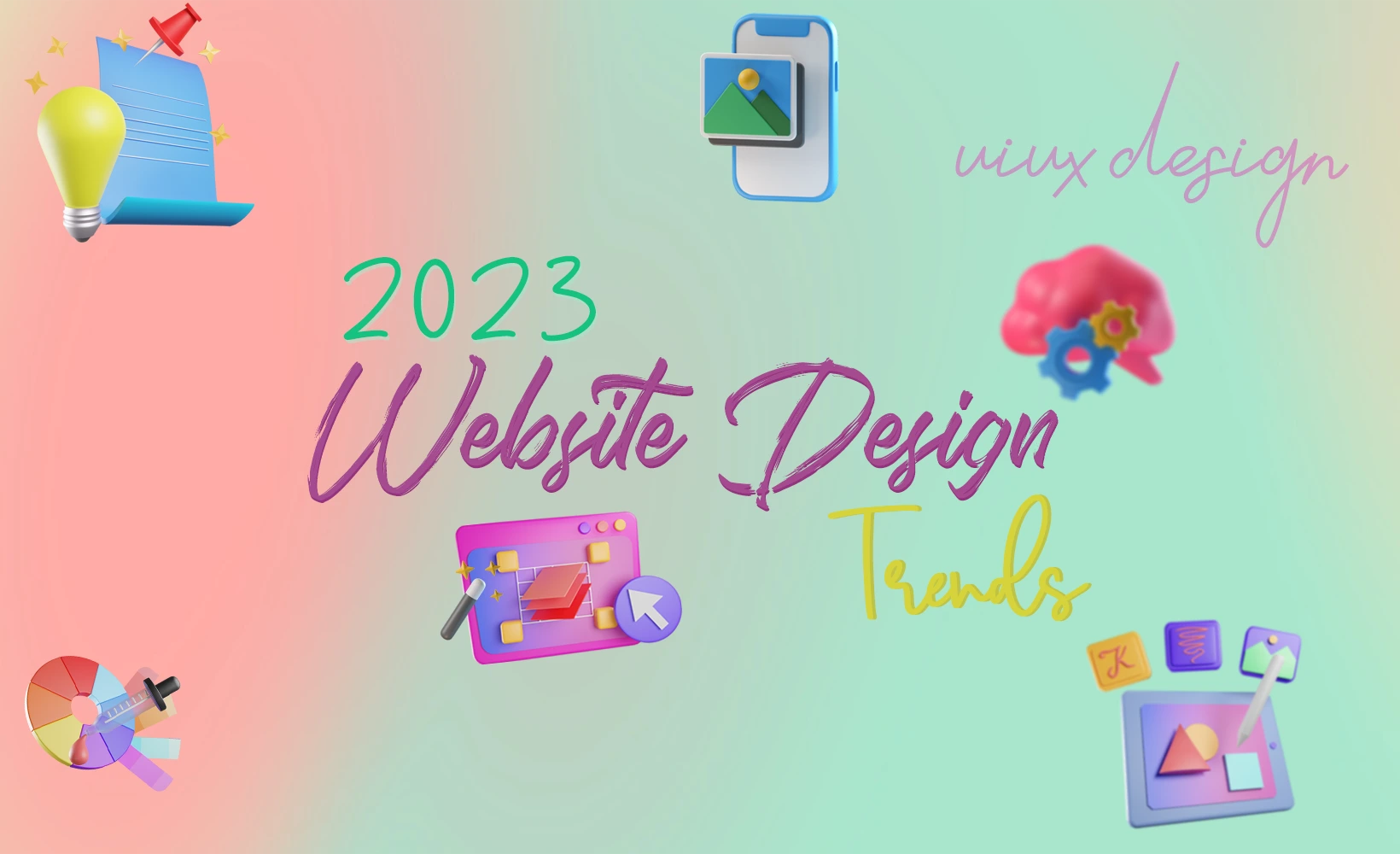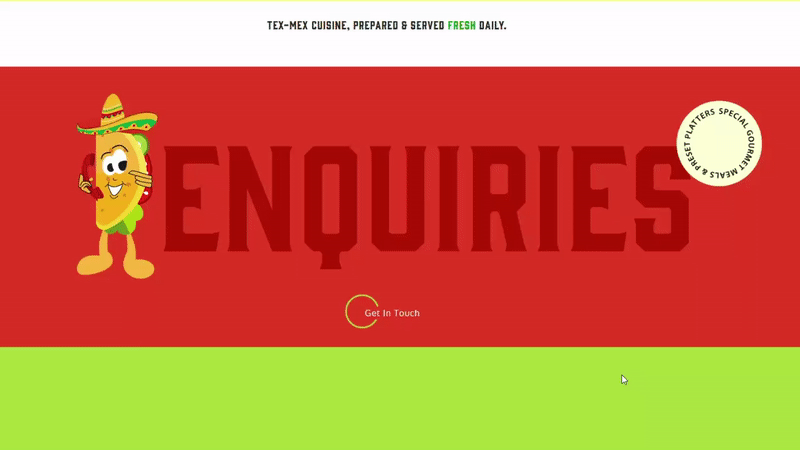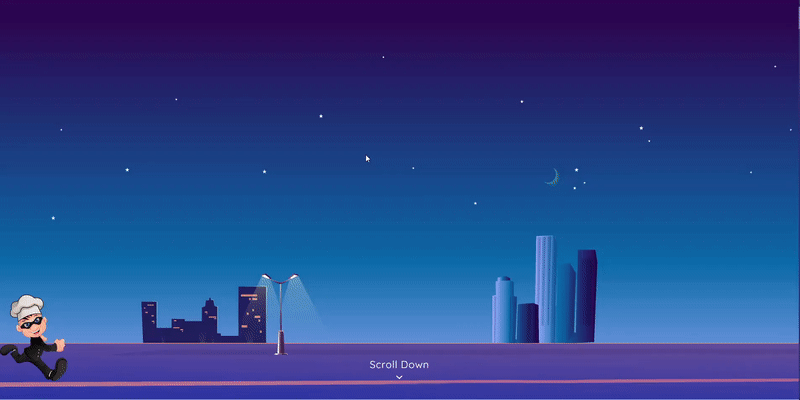 Website Design & Development
Website Design & DevelopmentTop Essential Website Design Trends 2023
Top essential Web design trends 2023 is constantly evolving, and businesses need to stay up-to-date and adapt to these changes to provide the best user experience. There are a variety of web design trends that businesses should be aware of in order to design website effectively. These include using more video and images, using more typography and color, micro Interactions, Storytelling, and making use of responsive web design with Accessibility tool.
As we look back on web design trends 2022, it’s important to remember that it was a year full of surprises and unexpected events. While some of our predictions for the year didn’t come to fruition, many exciting web developments and trends still emerged.
We also saw the continued evolution of web design trends, with minimalist design, Bold Typography remaining popular throughout the year. While it may not have been the positive, playful aesthetic we had hoped for, it’s important to remember that design is constantly changing and evolving to create websites.
The year’s color may not have been green as we anticipated, but the emergence of the pink-purple gradient was a welcome surprise and added some vibrancy to the design world.
One of our predictions was the rise of hero text in the third quarter of the year. This web design trend allowed for more flexibility and creativity in design, and it was exciting to see it take off.
Overall, while not all of our predictions for 2022 came true, it was still a year full of exciting design trends. We can’t wait to see what the future holds and look forward to the surprises design trends for 2023 has in store.
List of Top Web Design Trend 2023
With the increasing prevalence of smartphones and tablets, websites need to be designed with a mobile-first approach, optimizing for small screens and touch-based interfaces its affect your Website visitors.
Responsive Web Design
Responsive design refers to the ability of a website to automatically adjust its layout and functionality to suit the device it’s being viewed on. This is important because it allows a single website to provide a seamless experience across various devices.
Minimalist Web Design
Simple, clean, and uncluttered design will likely remain popular in the coming years. This often involves using a limited color palette, clear typography, and plenty of white space & this design trend called minimalist web design which keep it from website design trend 2022.
Authenticity and personality
In an increasingly digital world, websites that feel authentic and convey a strong sense of personality are likely to stand out. This might involve using hand-drawn elements, custom illustrations, and other design elements that feel personal and unique for web pages
Interactive elements
As technology continues to advance, websites are likely to become more interactive experience and immersive. This might involve the use of animation, and other interactive elements that engage the user and make the immersive experience website.
Accessibility
Now web developers ensuring that websites are accessible to users with disabilities is becoming increasingly important. This might involve using clear and easy-to-read typography, providing alternatives to visual content, and ensuring that the website can be navigated using a keyboard that makes more user friendly.
Personalization
As more and more data is collected about users, websites are able to tailor their content and design to individual users. This might involve showing different content or recommendations based on a user’s location, interests, or past behavior.
Asymmetry and broken grid layouts:
While traditional grids and symmetry are still widely used in web design, more unconventional and asymmetrical layouts are starting to become popular in web design. These layouts can help to create a sense of visual interest and movement on the page.
Bold color Palettes:
While minimalism is still popular, there is also a trend towards using bold and vibrant color palettes to make a website stand out. This can be particularly effective when used in combination with a clean and simple layout.
Video backgrounds:
Video backgrounds can help to create an immersive and engaging user experience for users. While this trend has been around for a while, it is likely to continue to evolve and become more sophisticated as technology improves.
Micro Interactions
Another design trend is Small interactive elements that provide feedback or serve a specific purpose, such as a button that changes color when clicked, are likely to become more prevalent in website design. These micro interactions can make a website feel more responsive and engaging & attention grabbing.

Scroll Triggered Animations
Animations triggered when a user scrolls down the page can help create a sense of movement and bring static content to life. This trend is likely to continue to evolve and become more sophisticated in the coming years & create complete immersive experiences.

Custom Cursors
Custom cursors, which are graphical representations of the mouse pointer, can help to add a sense of fun and personality to a web design. This trend is likely to continue to evolve as designers experiment with different styles and interactive elements.
Dark mode
Many users prefer to use dark mode on their devices, which can be easier on the eyes and save battery life. As a result, more websites will likely offer a dark mode option in the coming years.
Ghost Buttons
Ghost buttons, which are transparent or lightly colored buttons with a thin border, can help to create a clean and modern look. This trend is likely to continue as designers look for ways to create buttons that are visually appealing but not too distracting for web pages.
Storytelling:
Using design elements and content to tell a story can help to engage users and make a website or individual web page more memorable. This trend is likely to continue as designers look for ways to create an emotional connection with users.

To wrap it up, the trends in design websites are constantly evolving, and businesses need to stay up-to-date and adapt to these changes to provide the best user experience possible. From mobile-first and responsive design to minimalism and interactive elements, there are a variety of approaches that can help to create an engaging and effective modern websites. Whether you’re looking to make your interactive websites or update an existing one, consider incorporating some of these trends to help your business stand out and connect with your audience & hire a web designer, So Ready to get started?
Leverage these upcoming Trends Today & create Amazing Websites, that stand out from the crowd
FAQ
Bold Colors and Typography
Use of 3D elements
Dynamic content delivery
Gradients Layout Design
Increase in Voice User Interface
Web designs trends can be used to improve user experience by making it easier and more intuitive to use. The website should show the visitor exactly what they are there for, and provide them with all the relevant information.
Accessibility is an essential component of web design, and businesses must make sure that their websites are accessible to all users. This includes people with disabilities, older people, and people who don’t have a lot of access to the internet. Businesses can implement accessibility in web design using a variety of tools and techniques, including the use of high-contrast color schemes, the provision of alternative text for images, and the application of clear and simple font styles. Businesses can also use accessibility testing tools to make sure that all users can access their website. Businesses can reach a larger audience and ensure that all customers have a positive experience on their website by making their website accessible.
The process of designing a website or application with the user in mind is known as user experience design (UX). It focuses on creating a positive user experience by making the website easy to navigate, visually appealing, and simplistic to use. User experience design will continue to be a fundamental aspect of web design in 2023. Businesses can gain from placing the user at the centre point of the design process.


